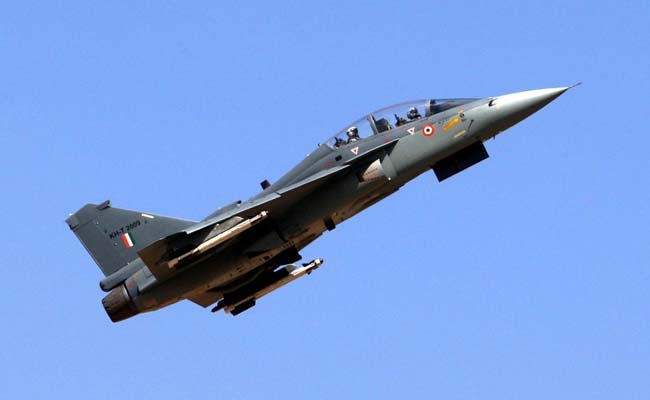The point I am making is that LCA Mk2 with better engines is still no match for F16V versions we are discussing with LM. In war, F16V will simply have too powerful tools to detect Su30mki and LCA . Now if we get F16V for 60mn per plane, does it make sense to go for a domestic 4th gen aircraft. Our focus should now be on AMCA and F16V will give us the breather . Once a relationship with Pentagon and LM is established, at least some inputs can be given on different electronics technologies. the rest our scientists can do .
1.Tejas will have the ability of first to track, lock & shoot its BVR missiles at any advanced F-16 variant due to lower RCS, & high ASEA radar detection & tracking combo.
F-16 V can detect Su-30 MKI at a farther range due to the later's higher RCS, but tejas mk2 will have four times lower RCS than any advanced F-16 V version, because F-16 V has exposed engine blades & Tejas has fully concealed engine blades & designed with lower RCS in mind from ground up.
Also Su-30 MKI has far superior jamming ability compared to any weapon of F-16, So what matters is the combo of LOWER RCS+ CAPACITY OF EW SUITS + HIGHER RADAR DETECTION RANGE+ HIGHER BVR MISSILE RANGE. Taking just one comparing it exclusively wont give accurate picture.
2. EW suite of tejas is custom built & lower RCS of tejas evens the odds with any better Ew suit of F-16.
3. The wing loading+ TWR ratio of tejas mk2 will be superior to any advanced F-16 variant.
4. There is no guarantee that "Superior EW, radar suites of F-16 V", will always defeat the radr, EW suit of tejas,
5. Any export weapon of foreign arms manufacturer is always marked down by 30% in tech capability than home version. So any export version of F-16 will follow this rule. Noway US is going to gift its most advanced Ew suits just because we pay them for a 100 odd F-16s.
6. In high Himalayan airspace the higher wing loading F-16 V 's higher thrust engine & high TWR is just paper tiger, because wing loading will play a crucial role in this sector, where tejas mk2 more than compensates for its bit lower TWR
7. It never makes sense to buy the about to be retired, end of its lifecycle - F-16 V at 60 million ,
compared to Tejas mk2 , which just starts its lifecylce, Because tejas mk2 can be updated with all the AMCA goodies in stealth coating, Ew suits, weapon suits without any royalty out go & permission hassles.
8. For example if DRDO develops a Brahmos mini that can be suitable to Mig-29 & tejas mk2, we can not integrate it to F-16 V , because Russia wont permit it. Imagine how superior will a tejas mk2 mated with brahmos mini in a strike role. No F-16 V , however advanced will ever match the deadly capability of low RCS Tejas mk2 mated with hypersonic no escape brahmos mini.
9. So in any comparison,
1. whether costs vs capability,
2..suitability to indian high himalayan airspace,
3.. ability to fire brahmos,Astra,
4, Hassle free upgrades, with lower costs & no need for permission from OEM
Tejas mk2 outguns F-16 V with comfortable margin. Tejas mk2 is a Relaxed Static Stability (RSS ) Fighter with very low wing loading & good enough TWR, F-16 is a static stability fighter & doesn't have RSS airframe











